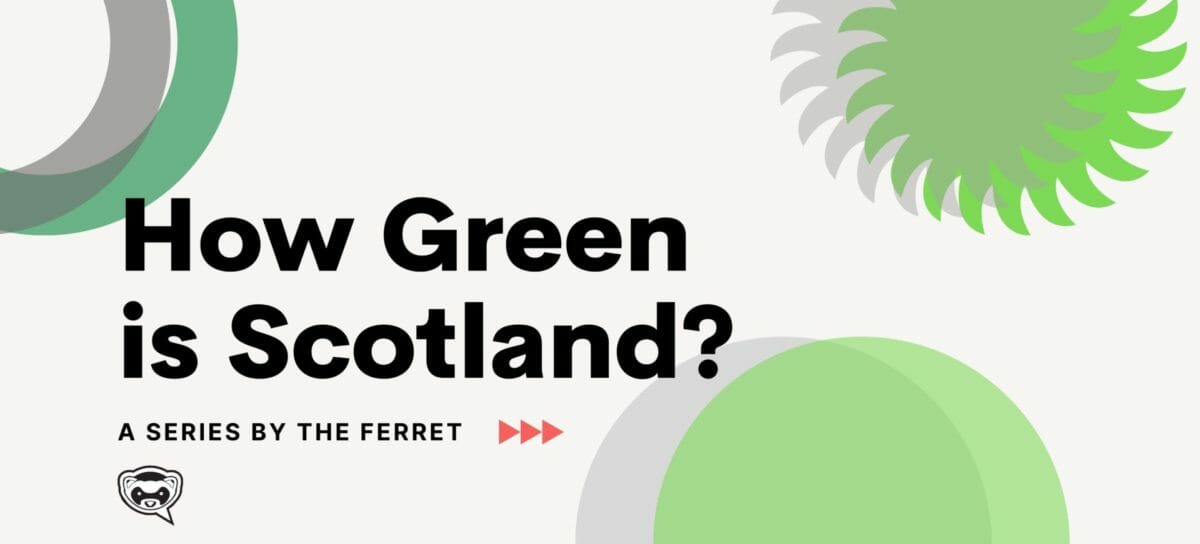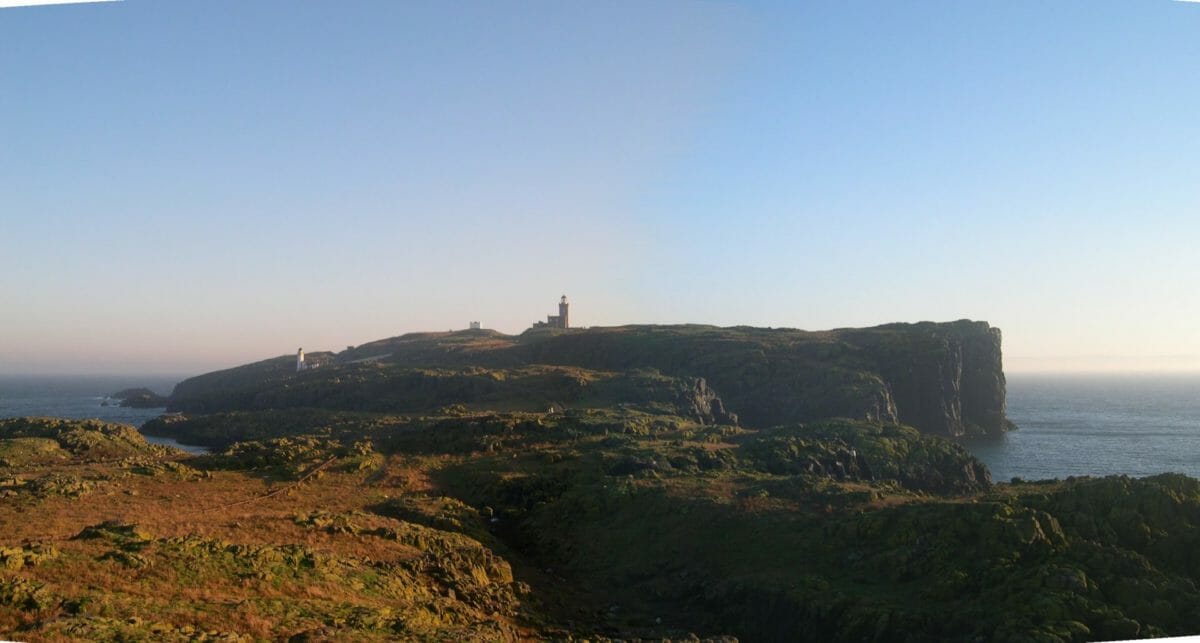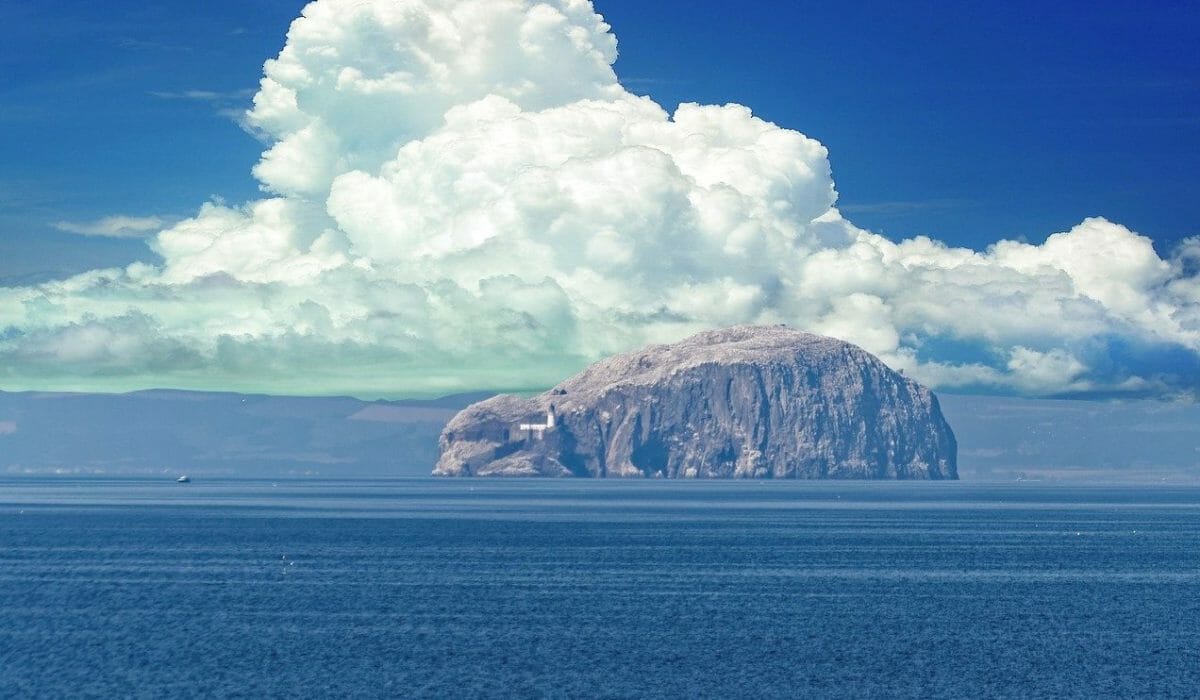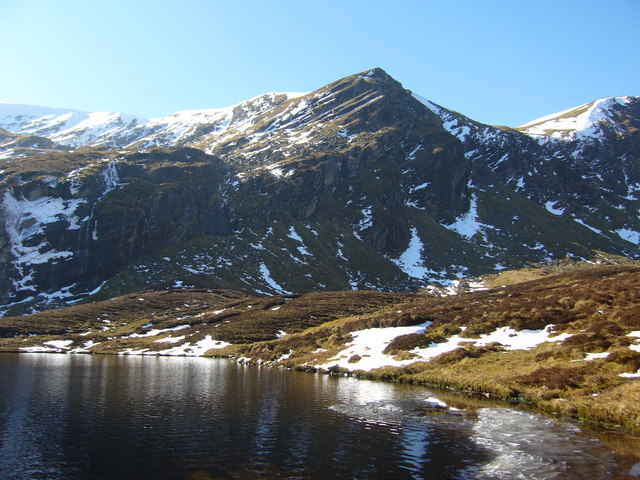
Environmental and wildlife groups are calling for urgent action to combat the twin climate change and wildlife crises and help preserve Scotland’s natural heritage.
An investigation by The Ferret found that climate change has impacted dozens of the nation’s protected sites, affecting rare species and habitats.
We analysed data from NatureScot – the Scottish Government’s wildlife agency formerly known as Scottish Natural Heritage – which monitors 1800 protected areas. These sites are home to 5460 natural features and 5301 of those had been assessed by 31 March 2021.
The Ferret found that climate change has impacted 43 protected sites and 76 natural features. Fishing and farming are also causing problems for the nation’s most precious areas.
Here are some of the areas under threat.
Isle of May, in the Firth of Forth

A site of special scientific interest (SSSI). It is home to over a quarter of a million seabirds including razorbills, guillemots, fulmars, terns and puffins. Climate change is a factor behind its declining puffin population. The increase in water temperature has forced sand eels, puffins’ main source of food, further north, leaving the birds struggling to find food.
Bass Rock (SSSI), in the Firth of Forth

It had the world’s largest colony of gannets in 2015 with 150,000 birds on the rock, just across from North Berwick in East Lothian. Researchers warned that global warming is a major threat to the gannet because as sea temperatures rise and fish stocks diminish, gannets are forced further afield and away from their nests for longer periods.
The Shiant Isles SSSI, north-west Scotland

Located in the Minch between the Isle of Skye and the islands of Lewis and Harris. The Shiants are home to over 60,000 pairs of puffins, around 8,000 razorbills and 9,000 guillemots. These islands form the second largest puffin colony in the UK after St Kilda. An assessment in 2015 found that some seabird species on the Shiants were in an unfavourable condition. These included the shag and guillemot as well the kittiwake and fulmar. Pressures on breeding seabirds include pollution and food shortages.
Noss Special Protected Area (SPA) in Shetland
Black-legged kittiwake populations in the UK declined by 50 per cent between 2000-2018. Some smaller colonies in Shetland have disappeared completely. There have been declines of up to 98 per cent in Noss. As temperatures rise, the time of year that sand eels come to the sea surface to feed on plankton is changing. Such changes are important for black-legged kittiwakes. Unlike many other seabird species they are unable to dive, so must time their breeding to overlap with the time of year that sandeels are accessible at the sea surface.
Ben Wyvis, Easter Ross

This mountain is protected as an important habitat for the dotterel, a bird which nests and breeds on springy moss at its summit. Climate change has meant a change in the number and severity of frost days and snow depth, which impacts conditions at the summit.
Small Isles (Marine Protected Area)
Home to rare fan mussels in UK waters, it encompasses waters around the islands of Canna and Rum, off the west coast of Scotland. The fan mussel is one of the UK’s most threatened molluscs. Open Seas says this MPS remains at risk of environmental decline due to the damaging impacts of industries such as scallop dredging and bottom trawling.
West Shetland Shelf (MPA)
Also known as “windsock” because of its shape, it is to the north west of the Orkney islands. It covers an area the size of the Cairngorms National Park with waters 70 to 150 metres deep. Its sand and gravel beds support a “particularly rich diversity of wildlife”. As well as fish such as cod, plaice and bass, there are cup sponges, hermit crabs, squat lobsters, starfish, urchins and anemones. Scientists discovered a completely new species of worm “with its eyes in its head and in its bottom”. In 2019 the Scottish Government said “potential trawl marks” had been identified on the seabed inside the MPA.
How Green is Scotland? is a week-long series for The Herald by The Ferret, an award-winning investigative journalism platform in Scotland. It is an editorially independent, not-for-profit co-operative run by its journalists and members.
You can join for £3 a month.
Photo Credit: Creative Commons













